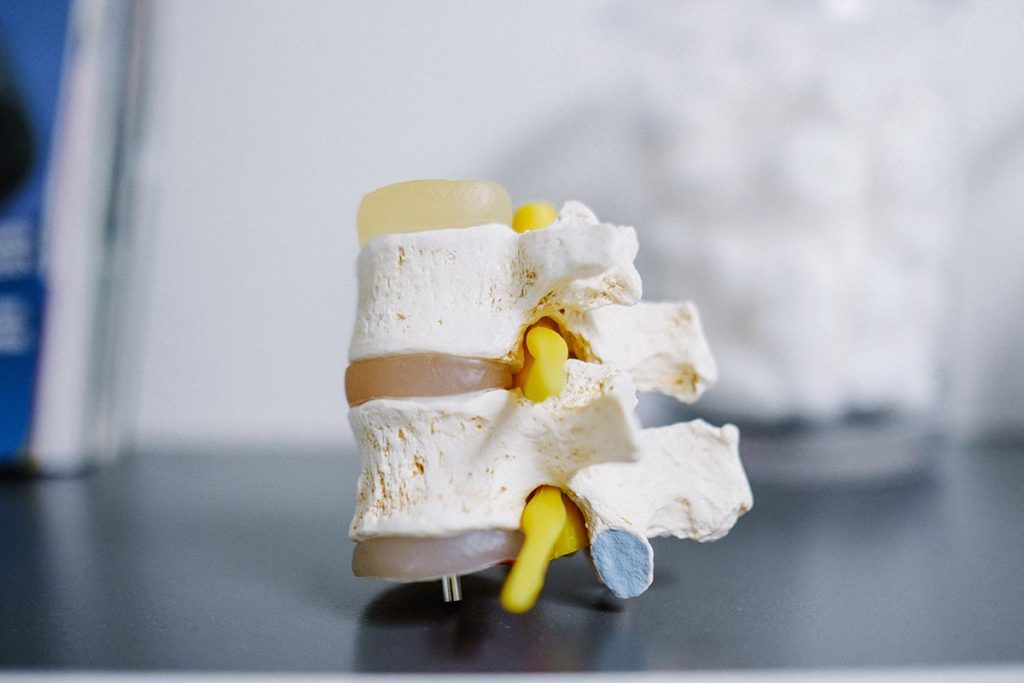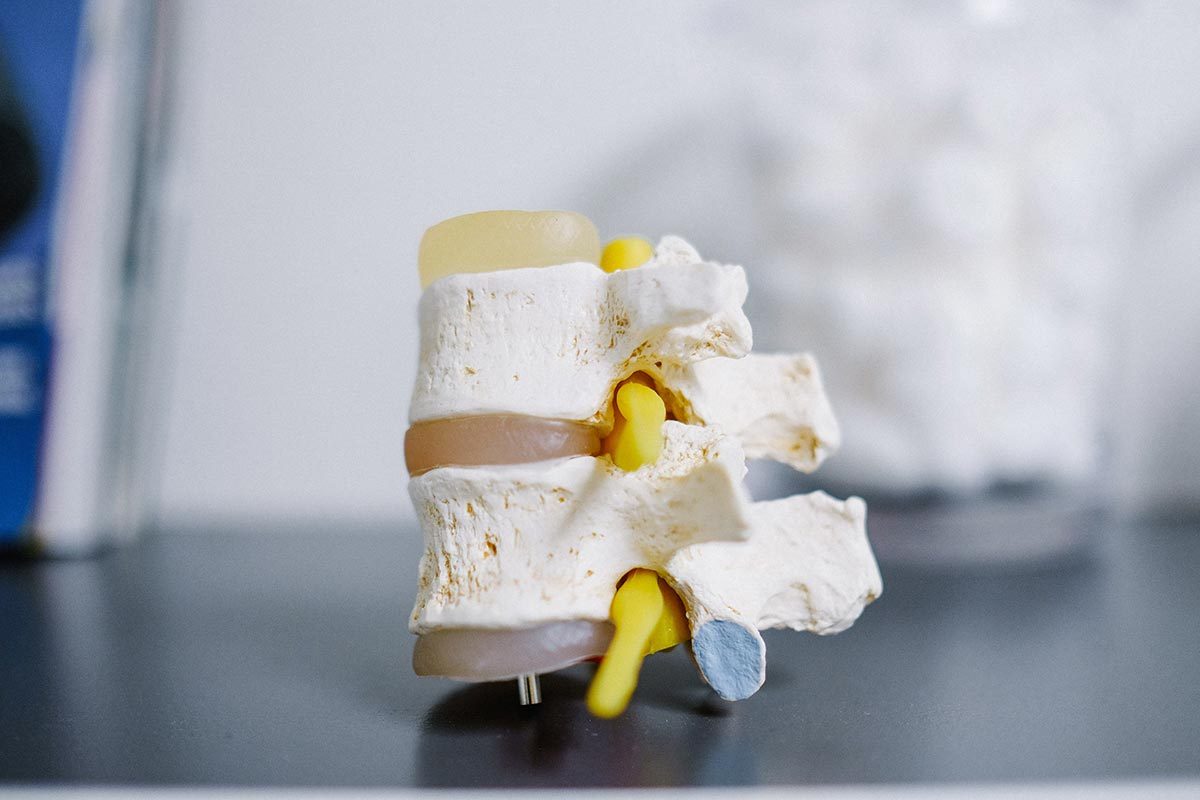Facet Syndrome
![]()
Call (703) 520-1031 or use the form to send us your contacts.

What is Facet syndrome?
Facet syndrome is a condition characterized by disorder of facet joints. Usually, it is accompanied by lumbar pain. In order to have a better understanding of facet syndrome let us start with a bit of spine anatomy. Each intervertebral segment includes three joints which work in a complex. There are two facet joints in the back and a large disc in front that comprise each segment. This tripod produces support and maintenances stability of all your weight above each level. During all movements which involve your spine, the posterior facet joints experience constant, repetitive motion and friction, and can become worn or torn. Affected facet joints can be restricted in movement and cause significant pain.
What Are Causes of Facet syndrome?
Like many other joint-structures throughout your body, facets can undergo age-related degeneration from constant use. The cartilage within the joints can begin to wear out, allowing it to become thin which, in turn, allows the conjoining vertebrae to rub directly against one another with little or no lubricant or separation. This continuing rubbing causes swelling, local inflammation and finally pain symptoms.
Facet Syndrome Symptoms
Actually, pain stemming from the facet joints is defined as “facet syndrome.” By this condition, the facet joints become inflamed and may cause pain, soreness, and stiffness. Patients often report increased pain with the extension or prolonged periods of inactivity. For example, when you are sitting or standing for hours, pain may be more intensive. Besides, facet syndrome symptoms may feel worse in the morning and improve after moving around as the day progresses.
Facet Syndrome Treatments
Your physician can initially prescribe anti-inflammatory drugs. This pharmaceutical treatment is usually accompanied by physiotherapy to increase back and stomach muscles in order to reduce the load on the facet joints. Thus, the treatment can relieve and stabilize your spine. If these measures do not achieve an improvement, minimally invasive procedures such as a facet infiltration can be conducted to offer relief. In this procedure, a local anesthetic in combination with a cortisone or other anti-inflammatory drugs is injected directly into the affected joint.
